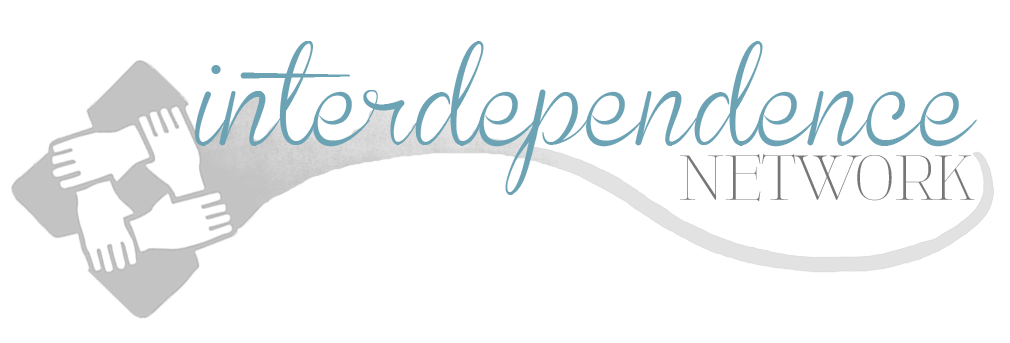Step 3: Understand the Elements of Culture
All communities have key ingredients that make the community a community: These include common rituals, patterns of behavior, and, often, jargon. As we look at Step 3 in the process of making change, these elements of culture become critical to this thesis. That is, once a person has expressed an interest in looking further into something that excites him or her and discovers that a culture exists, the next logical step is to understand and then carry out the actions of the culture in an effort to join. When the actions of culture get defined in the following four ways it gives the newcomer clear things to consider in joining. The more one understands what the community does that is common, how its members move about in accomplishing those things, what words and phrases are used to communicate their actions, and the history that bonds its members, the more easily the understanding will become assimilated into the fold.
For cultural shifting with people, this process is best done by observing the community in action and being clear about your observations. These observations will help you to be able to clearly consider the actions you will need to do to be more easily included into the community. The sooner you come to know the rituals, patterns, jargon, and memory of the community, the quicker your passage.
In cases where you are considering the inclusion of people you work for or care about, the process is the same. That is, the observation and analysis of the rituals, patterns, jargon, and memory of the culture will help you gather the information to pass on to the individual you are helping. In many ways this is what we do with our children. Once we locate a possible venue for them, we gather as much information as we can to see how other members behave, move about, and talk.
In situations where new ideas or products are being considered, Step 3 is adjusted. The elements of the culture are important, but they must be framed around how the idea or product might influence or impact the rituals, patterns, jargon, or memory of the culture. Indeed, new ideas or products will always change or adjust the rituals, patterns, jargon, and memory of the community. These influences must be identified and understood so as to offset challenges by the negative gatekeepers. For example, if a new computer methodology is being introduced to a group and will influence how the group does its business, the change agent needs to know this and be ready to prepare members for these changes.
To this extent, with ideas or products the change agents must do a probability analysis of impact on rituals, patterns, jargon, and memory of the culture. They need to remember that most people will be somewhat resistant to this new idea or product. The sooner they can focus on the impact and prepare the group for change, the easier the new idea or product will be diffused.
Either way, for people, ideas, or products, understanding the elements of culture becomes a critical piece to the process of Interdependence. The easiest way to gather this information is to observe the culture firsthand. In this observation, the change agent wants to be open, receptive, and highly observant of the cultural nuances. He or she needs to make mental notes and, at times, formal notes if the culture is complex.
If observation is impossible, another way to gather information is to ask others. This type of interviewing will glean important information and perspectives from people who have had previous experiences with the culture. These leads can be invaluable. Be cautious, however, of the possibility of bias or bad information. Sometimes the informant may have an ax to grind or may be suspicious of your questions and intentionally skew the information he or she gives.
A third method for learning the elements of community is to read. Often information for prospective members is easily at hand. As with most written information, it is usually simple and abbreviated. Sometimes this abbreviation can be a problem as nuances are left out. Successful change agents will try to use all three methods. They ask, observe, and read as much as they can about the community. Usually if you do these three things, you will not go wrong.
